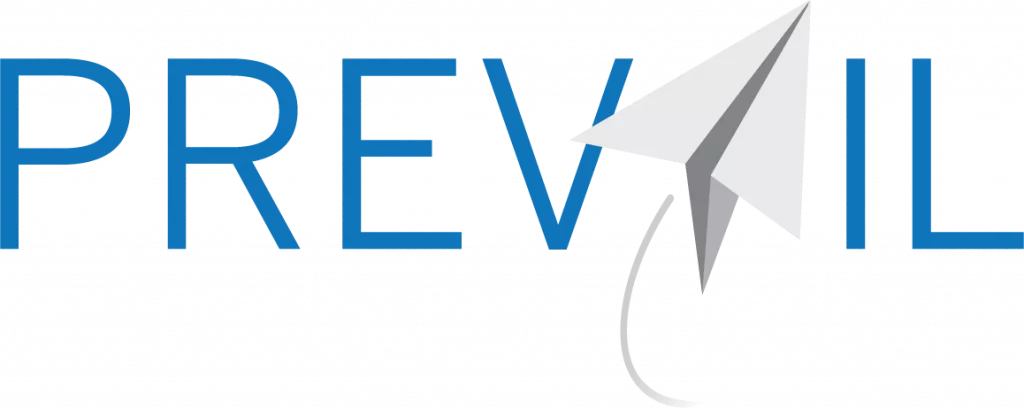Preferred equity is a unique layer of financing in the capital stack that sits between mezzanine debt and common equity. It combines features of both debt and equity, providing investors with a fixed return while also offering potential upside through profit participation. Preferred equity is an attractive option for investors seeking higher returns with a moderate level of risk.
Characteristics of Preferred Equity
Subordinate to Debt: Preferred equity is subordinate to all forms of debt but has priority over common equity in distributions. This means preferred equity holders are paid after debt holders but before common equity holders.
Fixed Returns: Investors in preferred equity receive a fixed dividend, which is often higher than the interest rates on debt. This provides a predictable income stream, similar to debt.
Potential Profit Participation: In addition to fixed returns, preferred equity investors may receive additional profits if the property performs well. This gives them a share in the upside potential of the property.
Control Rights: Preferred equity holders may have certain control rights or veto powers over major decisions related to the property. This helps protect their investment and align their interests with the success of the property.
Unsecured Investment: Unlike debt, preferred equity is not secured by the property. However, it may come with protective covenants to safeguard the investors’ interests.
Advantages of Preferred Equity for Investors
Attractive Returns: Preferred equity offers higher fixed returns compared to senior and mezzanine debt, along with potential profit participation. This makes it an appealing investment for those seeking higher yields.
Priority Over Common Equity: Preferred equity holders have priority over common equity holders in distributions. This provides a layer of protection and reduces the risk of loss.
Moderate Risk: Preferred equity strikes a balance between the lower risk of debt and the higher risk of common equity. It offers attractive returns with a moderate level of risk.
Disadvantages of Preferred Equity
Subordinated Position: The main drawback of preferred equity is its subordinated position to all forms of debt. This increases the risk compared to debt investments.
Complex Agreements: Preferred equity often involves detailed agreements with specific rights and protections. This can increase the time and cost associated with securing this type of financing.
Example Scenario
In the $10 million property example, after securing $7 million in senior debt and $2 million in mezzanine debt, the borrower raises $1 million in preferred equity. Preferred equity investors receive fixed dividends and have priority over common equity holders in profit distributions.
If the property performs well, preferred equity holders benefit from both fixed returns and potential profit participation. They also have certain control rights to influence major decisions related to the property.
Conclusion
Preferred equity is a vital component of the capital stack, offering higher returns and some control to investors. Its characteristics of fixed returns, potential profit participation, and control rights make it an attractive investment for those seeking higher yields with moderate risk. Understanding the role of preferred equity helps investors evaluate the comprehensive risk and return profile of real estate investments.



















